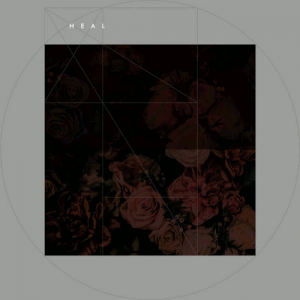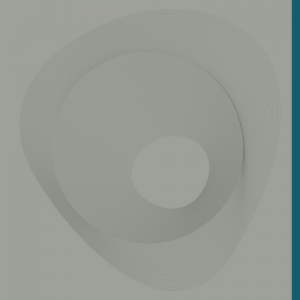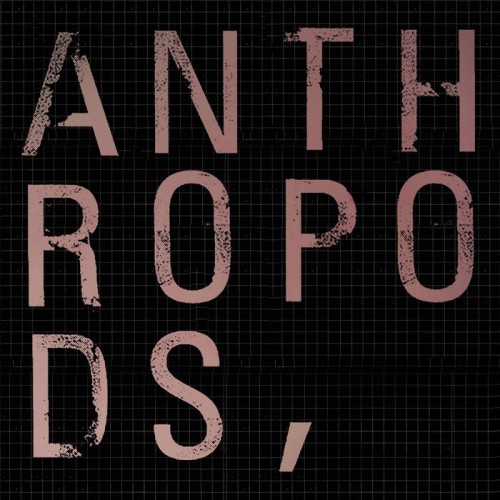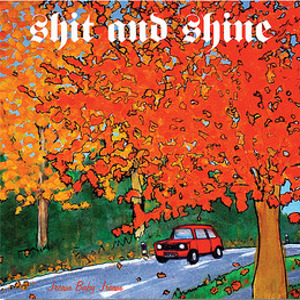It’s been proven by experimental research carried out at Yale University in 2005i that extreme ambient / drone music stimulates the part of the brain called Shatner’s Bassoon, which is the brain centre dealing with time perception. At certain highly-resonant frequencies, to the listener a second can feel like a month. It almost sounds like fun, unless you recall the Parisian schoolboy, ears fed by his iPod, who walked out into the street straight in front of a tram. With his time perception so completely distorted by the heavy drones, he mistakenly thought he had a month to cross the street. The tragedy made national news headlines across France, the most poignant commentary coming from Bernard-Henri Lévy, who said simply “Just imagine how his mother felt. It’s a fucking disgrace”.
Now I might have stolen all of that from Chris Morris, but as the Rabbi said when asked “Did that really happen?”, replied sagely “No, but it’s completely true”.
~
Laurent Perrier, French composer and label boss, has, for many years, been conducting his own research into ambient and drone-based electronica. Having started out in his mid-teens as the drummer in a punk band, Perrier gradually began to widen his circle of musical interest, starting the label Odd Size and joining industrial rock outfit Nox in the mid-Eighties, before opening a record store in Paris in the early Nineties. More recently, he has been composing music for dance and theatre, and issuing an impressive volume of his own electronic compositions on his label Sound On Probation.
Choosing monikers bespoke to the textures of the music he is working on, Perrier releases his Stakhanovite output under the different guises of Zonk’t (electronica / IDM / glitch / dub), Heal (nu-jazz, ambient dub, abstract hip-hop), Pylône (electroacoustic, experimental, minimal music) and Cape Fear (post-rock, post-punk, metal dub), as well as under his own name. Still with me? Good, because what we have under the microscope here are two excellent new releases from Perrier under the Heal and Zonk’t banners.~
 First up is Heal’s Espace d’Incertitude, in which the good Monsieur Perrier throws himself whole-heartedly into the wild world of modular synthesis. Comprising pieces composed as choreographic soundtracks, the album is split across two sides, each a production based on one of two unique flavours of modular synthesis: Buchla and Mutable Instruments.
First up is Heal’s Espace d’Incertitude, in which the good Monsieur Perrier throws himself whole-heartedly into the wild world of modular synthesis. Comprising pieces composed as choreographic soundtracks, the album is split across two sides, each a production based on one of two unique flavours of modular synthesis: Buchla and Mutable Instruments.
Mutable Instruments is a more recent proposition, founded in 2009 by musician Olivier Gillet. Finding himself at somewhat of a musical impasse, Gillet began making instruments as a way to rekindle his enthusiasm for music. Since then, his Eurorack format instruments have become a much-respected and prized addition to the arsenal of many electronic composers. Whichever brand of instrument is providing the lodestone, though, Epace d’Incertitude moves beautifully and without friction across the frozen lake surface of bleep.
The five-track Buchla side, sometimes recalling Zuckerzeit-era Cluster, at others the mellower moments of Coil, is like a fine pasta that uses simple and nutritious ingredients, yet combines them elegantly into the kind of musical meal that probably lowers your cholesterol and fights off cognitive decline. The melodies may be deceptively simple, but the shifting rhythms and palate of different textures ensure that every piece is a little gem. And you can take that as a lettuce reference if you so desire. The Mutable side, more obviously “modern” in its sonic architecture, gives us four compositions that range from the ambient to the more upbeat and near-danceable. You can easily envisage these soundtracking a moody helicopter shot following a boat out to sea, a blazing hyperreal sunset lighting up the horizon. My favourite of the Mutable side, “Poids d’évidence”, occurs in a “many worlds” parallel universe where Tangerine Dream are providing the score for Miami Vice. Elsewhere, Howard Jones is doing the same. In a third, Tangerine Dream and Jones are working on it together. In a fourth, they are joined by Gilbert O’Sullivan and the Electro Hippies.I’ve just rolled the sleeves of my suit jacket up.
~
 Released in tandem with Epace d’Incertitude is Zonk’t’s ludicrously-titled Banburismus. The name actually comes from our second eccentric genius of the day, Alan Turing, and refers to a cryptanalytic process of conditional probability that he developed at Bletchley Park in order to help break German naval messages enciphered on Enigma machines.
Released in tandem with Epace d’Incertitude is Zonk’t’s ludicrously-titled Banburismus. The name actually comes from our second eccentric genius of the day, Alan Turing, and refers to a cryptanalytic process of conditional probability that he developed at Bletchley Park in order to help break German naval messages enciphered on Enigma machines.
It’s hard to overstate the gigantic shadow that Turing’s work casts over the infrastructure of our modern world,iii and sixty-four years after his tragic and unnecessary death by poisoned apple,iv it’s fitting that artists, writers and scientists in many fields are paying homage to him at last.
In this guise, Perrier adopts a more recognisably twenty-first century instrumental arsenal, and puts it straight to work in the service of constructing vast, airy atmospheric drones occasionally punctuated by distorted voices, throbbing beats, glitches, sonar pings and other assorted electronic marginalia. The sequence of four pieces on Banburismus cycles pleasingly through a series of contrasting yet complementary moods, from the twenty-minute bass-heavy ambience of “Square”, through to the groove-inflected digital dub of “Conditional Probability”. A particular highlight is the moodily noir second track, “Chronogyre”, whose delightful contribution from a clucking goose places Perrier in the small but highly-esteemed cohort of musicians who have crafted tracks with charming (faux) avian contributions: Syd Barrett’s chicken on “Interstellar Overdrive” and Amon Tobin’s duck on “Proper Hoodidge”.All told, Banburismus can be reckoned a kind of Turing Test that is well worth taking.
~
These two releases are an impressive double whammy from Monsieur Perrier, whose considerable back catalogue under his assortment of signatures testifies to a certain strain of musical workaholicism. An ideal way of getting to grips with this daunting cornucopia can be found at the Sound On Probation website, where the Sound on Probation 2010 CD – the first label sampler – can be obtained for free with any purchase. Giving an informed entrée into the various projects of Zonk’t, Heal, Pylône, Cape Fear et al, that sounds like a bargain to me.
À cheval donné on ne regarde pas les dents.
-David Solomons-
i Thorsten A Cardy (2005). “An Experimental Field Study of Ambient and Drone Based Music on Temporal Perception in Higher Mammals.” The Annals of the American Academy of Auditory Zoology, 601: 28-40.
ii The Series 100 is perhaps heard to best effect on Morton Subotnick’s Silver Apples Of The Moon.
iii And while we’re at it, stand up Douglas C Engelbart…
iv One story maintains that the now-ubiquitous logo of Apple computers, not a complete apple, but one with a bite taken out of it, is a subliminal reference to Turing’s sad demise. Several of Turing’s biographers have suggested that he deliberately staged his suicide to reference his favourite scene from Snow White And The Seven Dwarfs (1937) in which the Wicked Queen immerses her apple in a poisonous brew.



